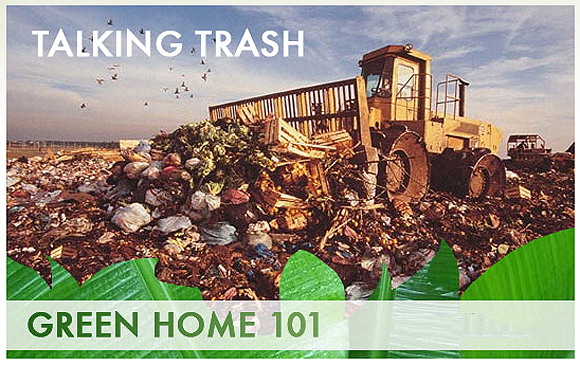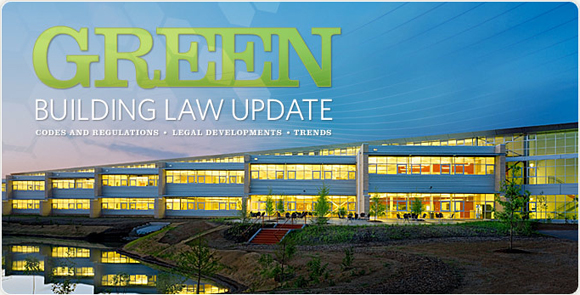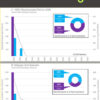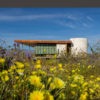“It’s not easy being green.” So famously lamented (in song nonetheless) that most iconic of Muppets, Kermit the Frog. These days however, Kermit might be changing his tune. Spurred by an increasing public awareness of global warming, new government policies, and technological developments, being green is easier then ever. With topics ranging from the legal complexities of LEED certification to eco-friendly kids furniture, there are also an increasing number of online resources available to the verdant-minded architect with an Internet connection.
Of the green design blogs I read, Jetson Green is the most strictly architectural. Founder and editor Preston Koerner describes the site as “obsessed with green building and everything related to it, including sustainable architecture, good design, green prefab, clean technology in the built environment, affordable housing, and eco-friendly development.” It’s one of the most reliable sources for news and updates on sustainable buildings and technology—and there’s some serious eye candy too. Photos and renderings of the greenest buildings from around the world appear on the pages of Jetson Green. Fantastical structures like organic towers and “breathing” buildings make the blog live up to its space-age moniker. Like many other sites, it also hosts a green building jobs board—a useful resource for the unemployed architect looking to break into one of the few industries that seems to be thriving these days.
I’ve mentioned the blog Inhabitat in a previous article, but it’s worth a few more words as it was one of the first—and continues to be one of the best—sustainable design blogs. Although not strictly architectural, Inhabitat is dedicated to a “smarter and more sustainable future” through design. What does that mean? Simply put, Inhabitat is the blog for greening your modern life. It includes everything from the aforementioned environmentally friendly (and decidedly modern) cribs to eco-conscious clothing to prefab and modular construction. Residential architects and the environmentally friendly homeowner might want to check out their series Green Home 101, which offers posts such as “Greenovating” Your Kitchen.
And while we’re on the topic of homes, the Green Home Guide is an incredibly thorough and extremely useful resource for residential design and construction. At the Green Home Guide, you can have your questions answered directly by green professionals, read through buyers guides for sustainable products, get advice on selecting and installing products, and even find a local expert. The Green Home Guide is a service of the United States Green Building Council, an excellent online resource itself. The USGBC is, of course, your go-to site to learn how to get your building LEED certified and to become a LEED accredited professional.
Finally, Green Building Law Update, a blog written by LEED accredited construction attorney Chris Cheatham sheds some light on the politics, policies, and procedures associated with sustainable design and construction. Not to mention the risks and liabilities surrounding it. Recent topics have included an insightful analysis of the stimulus funds dedicated to green building and retrofits and, of particular note, a series of posts about the future of LEED De-Certification.
For people using twitter (see this column in the last issue of arcCA to learn about how twitter can help your office) many of these blogs have their own green feeds. Follow Jetson Green [@jetsongreen], Inhabitat [@inhabitat], and the USGBC [@usgbc].
Over the past ten years, interest in blogging and sustainability has been growing exponentially, hand-in-hand and arguably symbiotically. Today, a search for “green architecture blogs” returns more than twelve thousand results. The sites I’ve mentioned are just a few of the ones I’ve found useful. Sure, the amount of information can be intimidating, but just start small, focus on what interests you, and keep clicking through. Your carbon footprint will be lower in no time.
Author Jimmy Stamp is a freelance writer and designer currently enrolled in the M.E.D program at the Yale School of Architecture. His work has appeared in numerous magazines and websites, and he has been publishing the architecture blog Life Without Buildings since 2004.
Originally published 3rd quarter 2009, in arcCA 09.3, “Beyond LEED.”







